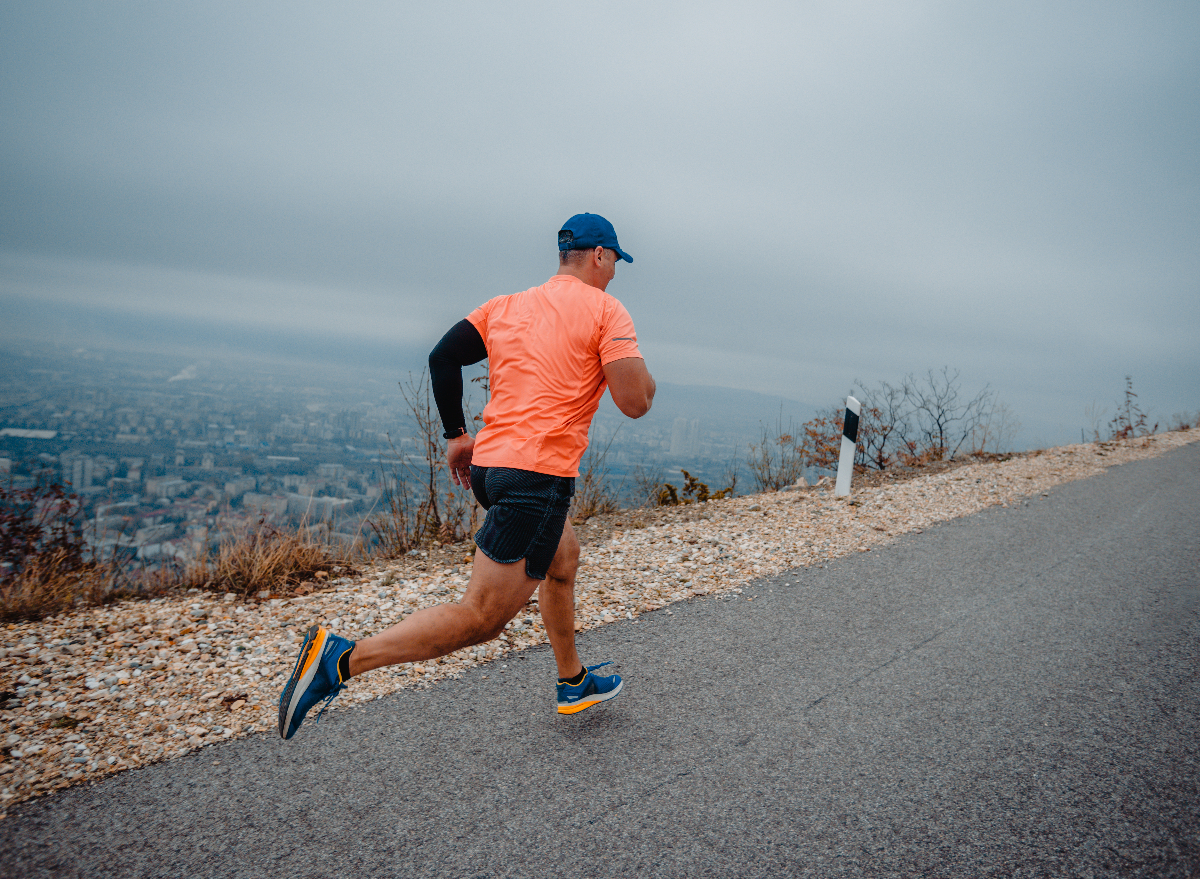The Ultimate Running Strategy Guide: Achieve Your Physical Fitness Goals
Handling Typical Running Pains: Reasons, Solutions, and Avoidance
As runners, we typically come across different discomforts that can prevent our efficiency and satisfaction of this physical task. By checking out the origin factors for these operating discomforts, we can discover targeted options and precautionary procedures to make sure a smoother and a lot more meeting running experience.
Common Running Discomfort: Shin Splints
Shin splints, a common running discomfort, usually arise from overuse or inappropriate shoes during exercise. This condition, medically understood as medial tibial stress syndrome, shows up as discomfort along the inner edge of the shinbone (tibia) and is widespread among professional athletes and runners. The repetitive stress on the shinbone and the cells affixing the muscle mass to the bone results in inflammation and pain. Runners that quickly enhance the intensity or period of their exercises, or those who have level feet or improper running techniques, are specifically prone to shin splints.
To stop shin splints, people should gradually boost the strength of their workouts, use proper shoes with proper arch support, and keep adaptability and stamina in the muscular tissues surrounding the shin. If shin splints do happen, preliminary therapy entails rest, ice, compression, and elevation (RICE) Additionally, integrating low-impact tasks like swimming or cycling can assist keep cardio fitness while allowing the shins to heal. Consistent or serious instances might require medical examination and physical treatment for reliable monitoring.
Usual Running Discomfort: IT Band Disorder
In enhancement to shin splints, an additional widespread running pain that athletes frequently experience is IT Band Syndrome, a problem triggered by inflammation of the iliotibial band that leaves the external upper leg and knee. IT Band Syndrome generally shows up as pain outside of the knee, especially throughout activities like running or cycling. The iliotibial band is a thick band of fascia that attaches the aware of the shin, and when it ends up being inflamed or limited, it can massage against the thigh bone, bring about pain and pain.
Runners experiencing IT Band Disorder may notice a painful or hurting sensation on the external knee, which can aggravate with continued task. Aspects such as overuse, muscle mass imbalances, inappropriate running type, or inadequate workout can add to the growth of this condition. To prevent and relieve IT Band Disorder, runners should focus on extending and strengthening workouts for the hips and thighs, correct footwear, steady training progression, and addressing any kind of biomechanical issues that might be intensifying the trouble. Disregarding the signs and symptoms of IT Band Syndrome can bring about chronic concerns and extended recuperation times, emphasizing the relevance of early treatment and proper administration strategies.
Common Running Discomfort: Plantar Fasciitis

Plantar Fasciitis can be associated to different aspects such as overtraining, inappropriate shoes, working on tough Continued surface areas, or having high arcs or level feet. To avoid and reduce Plantar Fasciitis, runners can incorporate stretching exercises for the calves and plantar fascia, wear supportive footwear, maintain a healthy and balanced weight to lower pressure on the feet, and progressively raise running strength to stay clear of abrupt anxiety on the plantar fascia. If signs and symptoms persist, it is recommended to speak with a healthcare professional for proper medical diagnosis and therapy choices to deal with the condition efficiently.
Common Running Discomfort: Jogger's Knee
After attending to the difficulties of Plantar Fasciitis, another prevalent concern that runners typically face is Jogger's Knee, an usual running discomfort that can hinder athletic efficiency and trigger discomfort throughout exercise. Runner's Knee, also referred to as patellofemoral pain syndrome, shows up as pain around or behind the kneecap. This condition is usually associated to overuse, muscle inequalities, incorrect running techniques, or troubles with the positioning of the kneecap. Runners experiencing this discomfort may really feel a boring, hurting pain while running, going up or down stairways, or after prolonged durations of sitting. To avoid Runner's Knee, it is crucial to include proper workout and cool-down routines, keep solid and well balanced leg muscle mass, put on suitable shoes, and slowly raise running intensity. If signs and symptoms persist, consulting from a medical care professional or a sporting activities medication expert is advised to diagnose the underlying reason and create a tailored therapy strategy to minimize the discomfort and prevent additional difficulties.
Usual Running Pain: Achilles Tendonitis
Typically afflicting runners, Achilles Tendonitis is an excruciating problem that affects the Achilles tendon, causing discomfort and prospective restrictions in physical task. The Achilles ligament is a thick band of cells that links the calf bone muscular tissues to the heel bone, critical for tasks like running, leaping, and strolling - great post to read. Achilles Tendonitis often develops because of overuse, inappropriate shoes, inadequate stretching, or sudden boosts in physical task
Signs And Symptoms of Achilles Tendonitis consist of discomfort and stiffness along the tendon, especially in the morning or after periods of inactivity, swelling that aggravates with task, and potentially bone stimulates in persistent instances. To protect against Achilles Tendonitis, it is essential to stretch effectively before and after running, put on appropriate footwear with correct support, slowly boost the strength of workout, and cross-train to reduce repetitive stress on the tendon. Therapy might entail remainder, ice, compression, altitude (RICE procedure), physical therapy, orthotics, and in severe cases, surgery. Early intervention and proper treatment are critical for taking care of Achilles Tendonitis properly and protecting against lasting issues.
Final Thought
